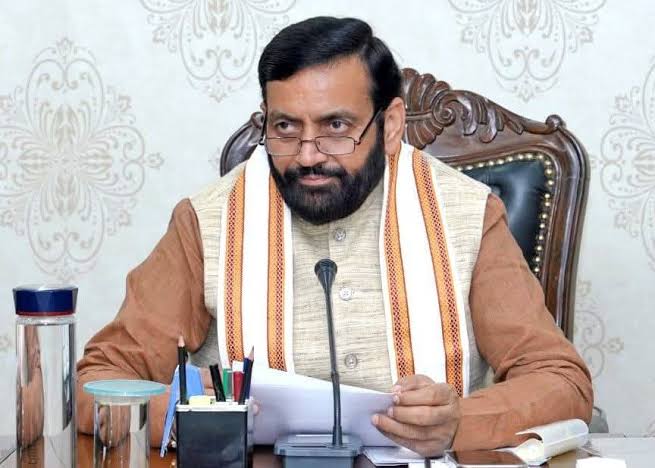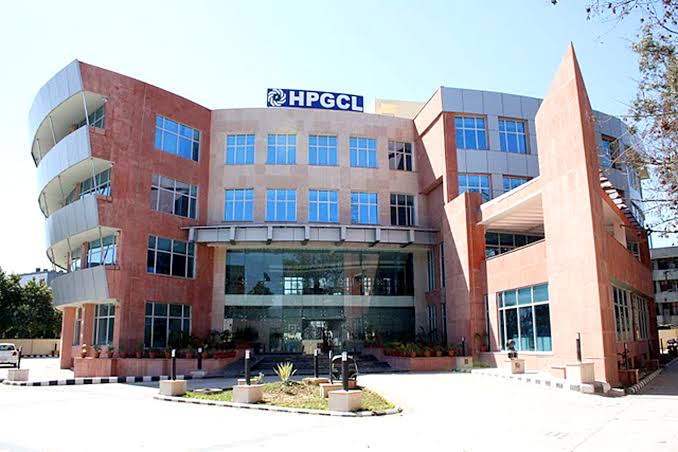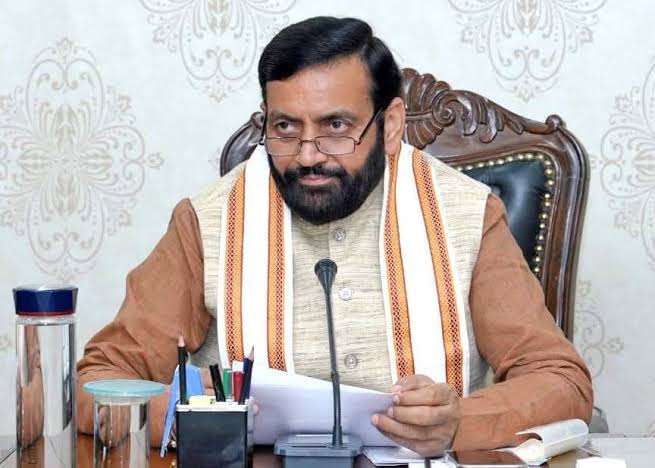
HPGCL Corruption has become a focal point of concern in Haryana, casting a shadow over the state’s power sector. The Haryana Power Generation Corporation Limited (HPGCL), a pivotal entity in the state’s energy infrastructure, is facing allegations of irregularities that have sparked widespread curiosity and debate. Reports of questionable practices, particularly surrounding tender processes and leadership dynamics, have been amplified by claims from a co-member of the alleged corruption syndicate. These claims have raised pressing questions about transparency and accountability in one of Haryana’s most critical public utilities. This article explores the complexities of these allegations with a measured and inquisitive perspective.

HPGCL Corruption Allegations: A Closer Look at Tender Irregularities
The HPGCL Corruption narrative gained traction with allegations centered on the tendering process for power projects. Sources, including a reported claim by a co-member of the alleged syndicate, suggest that certain tenders were subject to undue influence, with a fixed percentage of bribes allegedly demanded for contract approvals during the tenure of a former Managing Director (MD). While these claims remain unverified, they have prompted intense scrutiny of how contracts are awarded within HPGCL. The suggestion of systemic issues—potentially involving a monopoly-like control by a former official—has ignited curiosity about the mechanisms governing public sector contracts in Haryana.
The tendering process, designed to ensure fairness and competition, is now under the spotlight. Allegations of constant surveillance on new tenders and predetermined outcomes, as highlighted by the co-member’s claims, have raised concerns. Observers are left wondering whether these practices, if true, point to isolated lapses or a deeper challenge within the state’s governance framework. The Haryana government, tasked with overseeing such institutions, faces growing pressure to address these allegations transparently.
A Leadership Legacy Under Scrutiny
Central to the HPGCL Corruption allegations is the role of a former Managing Director, whose tenure is now being closely examined. Reports, including the co-member’s claims, suggest that this individual may have wielded significant influence over the corporation’s operations, potentially creating an environment where transparency was compromised. The notion of a “monopoly” in decision-making has fueled speculation about whether key decisions were made in the public’s interest or driven by other motives.
The allegations, bolstered by the co-member’s statements, point to a system where oversight may have been limited. The curiosity surrounding this issue lies in understanding how such influence, if it existed, went unchecked and what measures are now in place to prevent similar scenarios. The state government’s response to these claims will be pivotal in restoring confidence in HPGCL’s operations.
The Role of Aliases and Anonymity
Adding intrigue to the HPGCL Corruption allegations is the reported use of aliases by individuals allegedly involved in these practices, as noted in the co-member’s claims. This layer of anonymity has made it challenging to trace the flow of influence and accountability within the corporation. The use of aliases raises questions about the mechanisms in place to ensure transparency in high-stakes financial transactions. Stakeholders are curious about whether these aliases were a deliberate attempt to obscure accountability or a byproduct of administrative oversight.
The complexity of tracking these activities underscores the need for robust systems to monitor and audit public sector operations. As the story unfolds, the co-member’s revelations have heightened curiosity about the extent of these practices and their impact on HPGCL’s operations. The answers to these questions could have far-reaching implications for how Haryana’s public institutions are governed moving forward.
Government Oversight: A State of Uncertainty?
One of the most perplexing aspects of the HPGCL Corruption saga is the apparent lack of awareness within the state government. Reports suggest that senior officials were unaware of the alleged irregularities until they gained public attention, including through the co-member’s claims. This has raised questions about the effectiveness of oversight mechanisms. The Haryana government, known for its efforts to promote transparency, now faces the challenge of addressing these allegations while maintaining public confidence.
The state’s response to these claims will be closely watched, as it navigates the delicate balance between investigating potential wrongdoing and preserving the reputation of its institutions. Observers are curious to see whether the government will launch a formal inquiry into the allegations, particularly in light of the co-member’s statements, or opt for internal reforms to strengthen oversight. The outcome of these efforts could set a precedent for how similar issues are addressed across India.
Implications for Haryana’s Power Sector
The allegations of HPGCL Corruption, amplified by the co-member’s claims, come at a critical time for Haryana’s power sector. As the state strives to position itself as a leader in sustainable energy and infrastructure, any perception of mismanagement could undermine investor confidence and hinder future projects. The power sector, a driver of economic growth, relies on public trust to function effectively.
Moreover, the allegations highlight broader challenges of governance in public utilities, where large-scale contracts create opportunities for oversight lapses. The curiosity surrounding this issue extends beyond Haryana, as other states monitor how these challenges are addressed. Could this be a moment for Haryana to lead by example, implementing reforms that set a new standard for transparency in public sector management?
Stakeholder Reactions and the Path Forward
The HPGCL Corruption allegations, particularly with the co-member’s claims, have elicited varied responses from stakeholders. Industry experts emphasize the need for stronger checks and balances, while local communities express concern about the potential impact on electricity services. The media has played a role in amplifying these concerns, fostering a public dialogue about accountability in governance.
As the story develops, there is a growing call for an independent investigation to ascertain the veracity of the claims, including those from the co-member. Such a step could help separate fact from speculation, providing clarity to a situation that remains shrouded in uncertainty. The state government’s ability to respond swiftly and transparently will be critical in addressing public curiosity and restoring faith in HPGCL’s operations.
A Broader Context of Governance Challenges
The HPGCL Corruption allegations, now underscored by the co-member’s claims, are part of a broader narrative of governance challenges in India’s public sector. Recent reports of corruption in other states, such as the arrest of a Haryana Civil Services officer on unrelated charges, underscore the need for systemic reforms. While these cases differ in scope, they collectively highlight the importance of robust oversight mechanisms to prevent malpractices.
Haryana, with its progressive policies, has an opportunity to address these challenges head-on. By implementing reforms that enhance transparency, the state can set a model for others to follow. The curiosity surrounding the HPGCL case lies in whether it will serve as a catalyst for meaningful change or remain a footnote in the state’s governance history.















